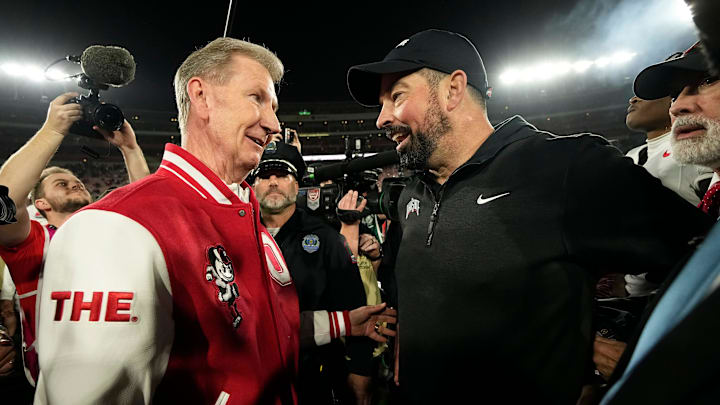The one consistent reality of NIL is that it has never settled into a definition since its inception. It continues to evolve and change, and has new clarifications and even ramifications. Yesterday marked another turning point in NIL. House attorneys agreed to allow NIL collectives to pay athletes as an above-and-beyond to the revenue-sharing program put forth in the House vs. NCAA settlement.
This essentially means that there is no hard cap. At the same time, a school will be limited to revenue sharing of around $20.5 million. Which is now being called a soft cap since as long as schools and NIL collectives can prove “fair market value" for their deals, it's a go. This means there will still be $35 million rosters built and there's nothing the NCAA or opponents can do to stop it.
House attorneys have reached a deal with the power conferences and NCAA officials that will alter the College Sports Commission relating to how NIL collectives can pay athletes, per @RossDellenger
— On3 NIL (@On3NIL) July 22, 2025
The CSC is expected to treat collectives in a similar fashion as other businesses.… pic.twitter.com/cL0VenPv4c
Under the new NIL deal, collectives can spend above the $20.5M cap
The house is working hard to provide parameters with terms like "fair-market" value. This means that before being paid out by NIL GO, the collective and the athlete would have to prove that they performed a service similar to one that was worth X amount of money. In other words, businesses or rich stakeholders can't simply drop cash into a player's lap without some sort of service rendered in return that is "fair-market."
It will be gray enough that coaches will still complain about cheating, and the NIL certainly hasn't reached the end of its ever-evolving changes. This is simply one more step in the process of figuring out how to govern college sports.
However, as of now, it still allows the rich to get richer and for rosters to remain as large and expensive as a wealthy donor allows. There may be a cap, but it's very soft and leaves lots of room for liberties.
